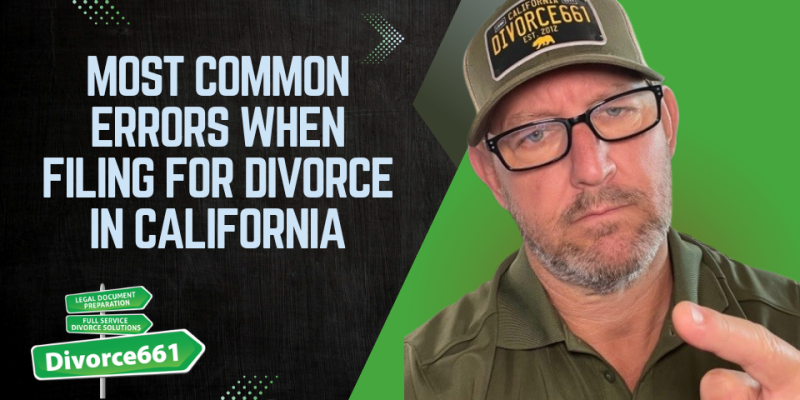🙌 Huge Mistake Attaching The Settlement Agreement to Your Petition: Los Angeles Divorce Tips
When navigating the divorce process, especially if you are representing yourself, it’s crucial to avoid common pitfalls that can delay or complicate your case. One frequent and costly mistake is attaching the settlement agreement to the initial divorce petition. Understanding the correct procedure can save you time, frustration, and potential legal headaches.
The Critical Difference Between the Petition and Settlement Agreement
Filing for divorce involves several important documents, but it’s essential to know which documents should be submitted and when. The petition for divorce is your formal request to the court to dissolve the marriage. However, the settlement agreement—a document outlining how you and your spouse agree to divide assets, debts, custody, and other matters—should not be included with this initial filing.
Attaching the settlement agreement to your petition is a big mistake that many people make when filing on their own. This error can cause confusion and potentially delay the court’s processing of your case.
When and How to Submit the Settlement Agreement
The settlement agreement should be filed separately, but only after it has been finalized and agreed upon by both parties. The appropriate time to submit this document is when you are ready to submit your judgment package to the court. The judgment package includes all the necessary paperwork for the court to finalize your divorce, including the settlement agreement.
This process ensures that the court reviews your settlement agreement in the correct context—alongside your judgment and other closing documents—rather than as part of your initial petition. By following this sequence, you help keep your divorce case organized and on track.
Why This Matters
- Proper Filing Prevents Delays: Courts expect specific documents at specific stages. Filing the settlement agreement too early can lead to your petition being rejected or delayed.
- Clear Legal Process: Keeping the petition and settlement agreement separate respects the legal process and helps both parties understand the status of their case.
- Reduces Confusion: Judges and court clerks can process your case more efficiently when documents are submitted in the correct order.
Final Thoughts
If you’re handling your divorce without an attorney, it’s especially important to pay close attention to filing procedures. Remember, never attach your settlement agreement to your initial divorce petition. Instead, wait until you submit your final judgment package to file this critical document.
Following this advice will help ensure your divorce process moves smoothly and avoid unnecessary setbacks. If you want more guidance on how to manage your divorce paperwork effectively, consider consulting with a family law professional who can help navigate these complexities.
By understanding and respecting the proper sequence of filing documents, you take a significant step toward a more efficient and less stressful divorce experience.










